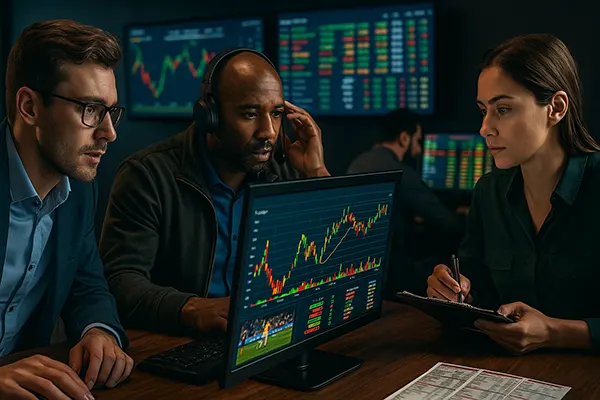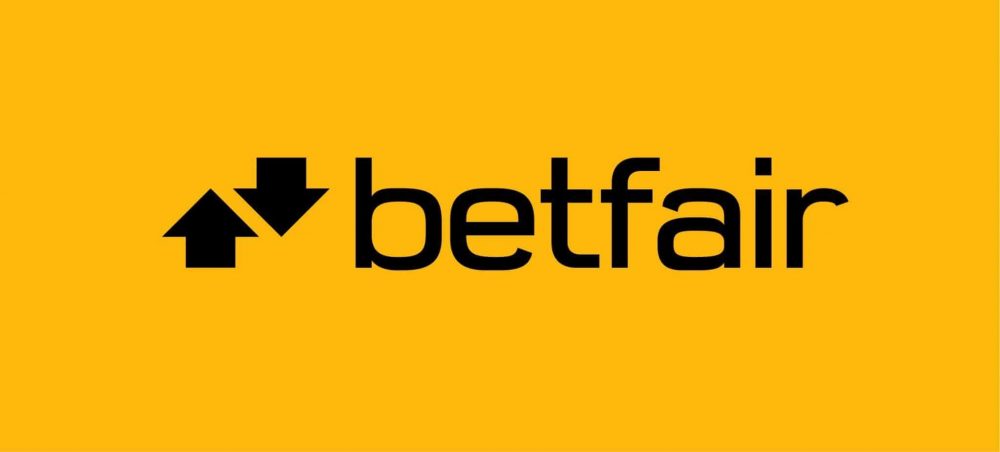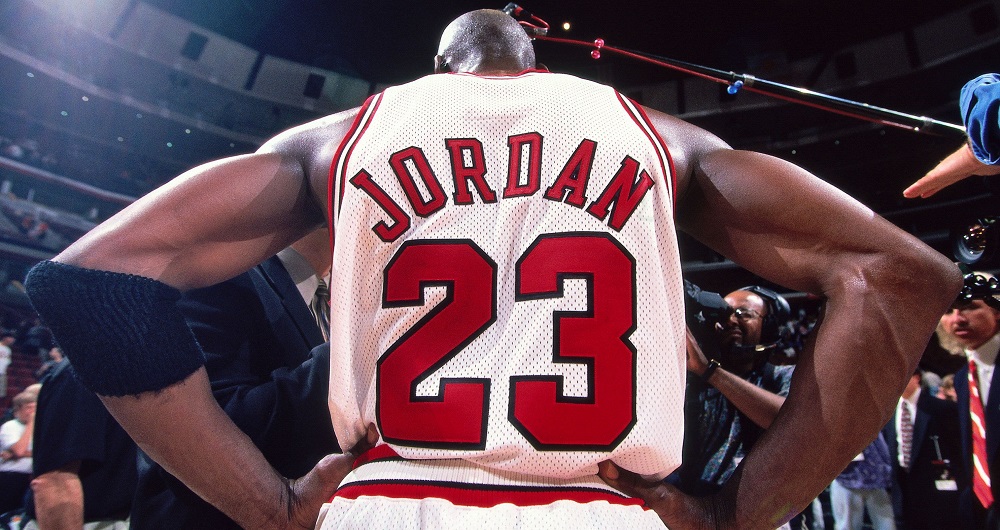
Why Bookmakers Adjust Odds: Behind the Scenes of Risk Analytics
Understanding how odds change in sports betting is key for anyone who takes wagering seriously. This process isn’t random — it’s driven by complex analysis, market signals, and professional risk management. Below, we delve into the details of why bookmakers change odds and what lies behind these decisions.
The Influence of Betting Volume on Odds
Bookmakers monitor how much money is placed on each outcome. When a large number of bets are made on one side, the odds are adjusted to reduce potential losses. This mechanism helps keep the bookmaker’s risk balanced and the payout ratio under control.
The goal isn’t always to predict the actual outcome but to manage liability. If too much money piles onto one outcome, the odds are lowered to make that bet less attractive. Simultaneously, odds on other outcomes are increased to draw bets and redistribute the total pool.
This constant adjustment based on betting volume allows bookmakers to maintain a margin, regardless of the result. Odds movement is therefore a live reflection of market activity rather than simply expert analysis or inside information.
Real-Time Market Reactions
Markets can shift rapidly. Injuries, weather updates, or last-minute line-up changes can trigger large bet volumes. Bookmakers use software to track and react to these developments in real time, adjusting odds accordingly to reflect the changing risk.
For instance, if a star football player is confirmed out just before kick-off, there may be a flurry of bets on the opposing team. The bookmaker has to respond instantly — not only adjusting odds but sometimes suspending betting until recalculations are made.
Ultimately, odds are not static predictions but tools for risk mitigation, moving fluidly with public behaviour and external factors.
The Role of Traders and Risk Analysts
Behind every odds shift is a team of traders and analysts. These professionals don’t just react to data; they forecast trends, evaluate news, and study betting history. Their job is to anticipate where money will go and adjust the lines pre-emptively.
Analysts use historical data, injury reports, team dynamics, and external events to model probabilities. They also evaluate how sharp bettors (those known for winning long-term) are placing their money — these bets are particularly influential in line movements.
Risk teams work around the clock, especially during large tournaments, to assess exposure and ensure the bookmaker stays profitable. It’s a mix of data science, market psychology, and fast decision-making.
Manual and Automated Interventions
While automation plays a major role in adjusting odds, traders still intervene manually when necessary. Automated systems might flag irregular activity, but it’s up to human experts to interpret and act on that information correctly.
During live betting, speed is everything. A risk analyst might override software recommendations if insider information or sharp money suggests a coming shift. This hybrid approach balances precision with human intuition.
In high-stakes games, even small misjudgements can cost large sums. That’s why bookmaker operations combine robust algorithms with experienced professionals at the helm.

How Line Movement Can Help Bettors
Experienced bettors often watch line movement to gauge where the money is going — and why. Significant changes in odds, especially in sharp markets, can indicate influential bets or emerging information not yet widely known.
Understanding line movement allows some bettors to “beat the closing line”, placing a bet before odds shift and gaining a value edge. While this strategy requires skill, timing, and experience, it has proven effective in long-term profit models.
However, this doesn’t mean following every shift blindly. Market overreactions happen, and knowing when to go against the movement can be just as profitable.
Case Studies of Smart Line Reading
There have been instances where bettors capitalised on early odds due to inside injury knowledge or unexpected weather changes. For example, during the 2023 Rugby World Cup, savvy punters who noticed weather reports of heavy rain in advance wagered on unders (low score totals) before bookmakers reacted.
In another case, betting patterns revealed early money pouring in on an underdog team — a signal that insiders expected lineup changes not yet public. Minutes later, bookmakers shifted the odds significantly. Those who acted early locked in substantial value.
These examples show that understanding why odds move — and acting before the public catches on — can be a powerful advantage when done ethically and informedly.
The most popular articles
-
 That’s the way Mike Tyson has never been beaten. The fight wi...
That’s the way Mike Tyson has never been beaten. The fight wi...The confrontation between the two heavyweights, Iron Mike and Evander …
-
 Betfair bookmaker
Betfair bookmakerThe British brand started in the field in 2009 and …
-
 Gambling Holidays for Basketball Players
Gambling Holidays for Basketball PlayersThe high-pressure world of professional basketball demands not only physical …
-
 Top transfer news
Top transfer newsStay updated with the summer transfer window as we bring …
